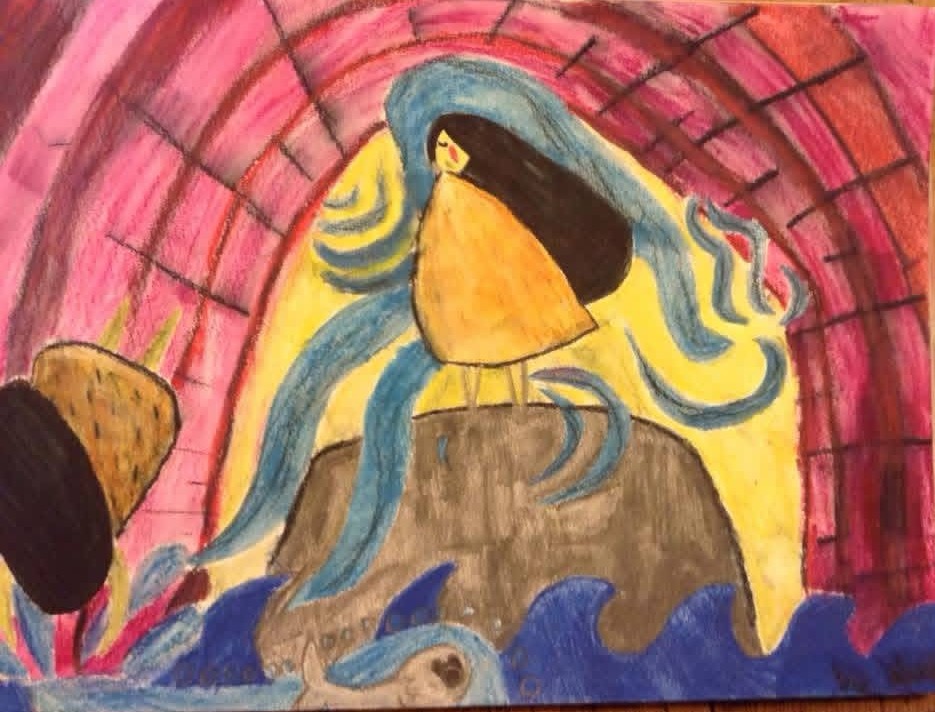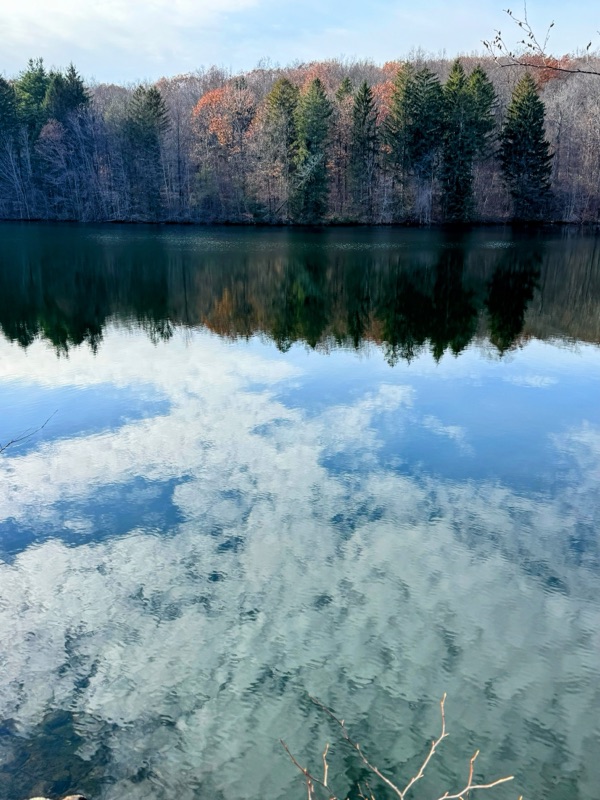
I saw the blue heron at the reservoir last week—so still I almost missed it. Only when it lifted its long body into the air, wings slow and certain, did something in me go quiet. I had just finished chanting Nam Myōhō Renge Kyō on the same rock I’ve mentioned before, and for a rare moment my mind was clear enough to notice what had been there all along.
In many Native American traditions, the heron is a guide of self-reflection, self-reliance, discernment, and timing. Herons wait. They trust stillness. They know when to move, and when not to. Standing there watching it rise over the reservoir, I recognized immediately what it was mirroring back to me: Some crossings cannot be forced. Some healing unfolds on its own tide. Trust the timing. In Celtic mythology, the heron is also a guide of thresholds — a creature of transition and transcendence — embodying the spirit of transformation and adaptability.

Trusting the process is a challenge— something I am still learning to accept. The heron reminded me that the urgency I carry, the instinct to fix or force resolution, is not the same as healing. It showed me—right after chanting for reconciliation and recalibration—that wounds mend in their own time, not according to my timeline. It reminds me to let things be. To let things go. This is my test.
The heron stood there, patient and unhurried. It knows a fish will come. It offered a kind of wisdom I am only beginning to trust. It opened a doorway. And it opened that doorway in the very week we began studying Going Forth—Macy and Brown’s reminder that new paths often emerge when we become still enough to notice them.
There is a word for reverence for trees: dendrolatry. It feels like a cornerstone of this entire eco-chaplaincy course. So much of our work has been learning to see the more-than-human world not as backdrop but as teacher—an invitation to listen to the wisdom embedded in land, water, wind, fungi, roots. The coursework has been less a departure from my life than a filter that underscores the relationship I’ve had with these teachings all along, only without knowing their names.

Every time I try to understand this calling, I circle back to the trees that raised me—the ones that witnessed me grow-especially the maple in our backyard. It’s the one my father planted in 1964 when that house became our home. The one my brother wrote a poem about at age twelve. My proud father kept a typed copy of that poem folded in his wallet until the day he died in 1991. I didn’t know it then, but that tree was teaching us something about grief, about resilience, about the rings we grow around our ruptures to stay standing.
Joanna Macy writes that “Going Forth means acting even while still in pain” (Macy and Brown 2014, 197), and that has been the quiet instruction of my life long before I had chaplaincy words for it. The maple modeled that truth: scarred, ringed, imperfect, still standing until the day my mother finally had to have it cut down. Only the stump remained—and even then, a small green sprout pushed up through its center. In a tree, the rings are not the strongest part—they are the record of survival. They are the story of the tree. Strength comes not from any single ring, but from the tree’s willingness to keep growing around what tried to break it.
In Irish tradition, the Tree of Life is Crann Bethadh—the sacred tree connecting the underworld through its roots, the mortal world through its trunk, and the heavens through its branches. Each village was said to need such a tree for protection and balance. Only now do I see that our maple served that function in the Keating clan—a quiet axis holding the stories none of us yet had language for. That maple was bearing witness to them all.

My brother wrote his maple poem long before any of us could name the ruptures to come. My father quietly carried it everywhere. They were each reaching toward something steady—a trunk to lean against when the rest of life felt like bad weather. Their gestures were small, but now I see them as acts of survival, the way roots quietly seek water underground.
Trees survive lightning by grounding the charge through their roots and growing new rings around the wound. Humans do the same—though our wounds are far less tidy. And if I’m honest, lightning has never been just a metaphor in my life. People have said I am a lightning rod for as long as I can remember: the one who attracts the strike, absorbs the shock, holds the charge others cannot or will not carry. I never understood why. But lightning is not personal. It hits where the field is charged. Trauma works the same way. It doesn’t choose us.
In the mountains, I learned to respect lightning with my whole body—crouched on a 12,000 foot pass in the Snowmass Wilderness while a storm cracked overhead and ninth-graders sobbed into their rain shells, or turning a jeep full of Texan tourists around at 11,000 feet at Breckenridge the instant the lightening detector chirped, even with blue sky above us. Lightning teaches humility, timing, discernment. Skills I had in the wilderness but not always in my personal life. There, I walked straight into storms—relationships, jobs, places— mistaking volatility for aliveness—that charged air for connectivity.
Here is what it took me decades to understand: A lightning rod is not a moral failure. It is a structural role. It reveals where the charge is in a system. I’m learning it’s not my only role. It seems I have always been something else too : a mirror.
In outdoor education, mirrors save lives. A flash of reflected sunlight can guide someone home. A small square of aluminum can become a lifeline. The mirror shows what is already there but hard to see. Over the years, students, colleagues, and even strangers have told me that being around me illuminated something in them—sometimes something they were ready to see, sometimes something they weren’t. A mirror doesn’t create truth; it reveals it. If we are honest-the first thing we often notice when we look at our reflections are the flaws we perceive. So then, we must choose to fix or to accept the flaws we see or to avoid the mirror altogether.
Maybe that’s why the ecological metaphors land so deeply now. Maybe that’s why the heron appeared when it did. The land has been placing guideposts along my path long before I recognized them as such:
The porcupine that reminded me of boundaries—the quiet, necessary kind. Even gentle beings carry armor. It is ok to use it. It’s ok to protect your heart.
The snake that reminded me of shedding—of crossing a threshold I could not yet name. It moved like a sentence underlined by the land itself: let go of what is heavy- shed what no longer serves you.
And then there’s the heron—the one who started this whole reflection. It reminded me about timing. Of patience. Of the sacredness of not forcing what is not ready. The heron’s lesson is the one I am still learning: that waiting is not weakness, and that honoring another’s rhythm is its own form of devotion.
None of these animals predicted anything. They simply reflected truths I wasn’t ready to say aloud. Nature doesn’t give answers; it offers mirrors.
Rebecca Wildbear writes that aligning with our true voice can feel “raw and even sickening,” because truth strips away our camouflage. Her reminder that the world doesn’t need us perfect—only honest—braids itself through each of these encounters. Honesty can be terrifying, but it is how the work begins. Mirrors are honest.
It’s not lost on me that many of these guideposts revealed themselves during or just after chanting at the reservoir. Eco-chaplaincy has taught me that when the mind settles, the world speaks—not in instruction, but in reflection. Once I allowed myself to be still enough to see these guideposts, I could finally begin the work of listening and healing.
I have thought my calling is to support Third Culture Kids—helping young people–whose lives have been like my own daughters– to name the invisible griefs of global mobility and to navigate the ambiguous losses that accumulate like unmarked rings in a tree. That is still part of it. But now I see that my calling widens:
To help people tell the story beneath the grief.
To help them name the rings they grew to survive.
To help them recognize the guideposts already waiting for them.
Macy and Brown write that “Going Forth asks us to discover what we can offer to the world in transition” (2014, 195). This might be my offering: creating spaces where people can finally speak what has been living inside them—tenderly, honestly, without shame. Ayana Elizabeth Johnson reminds us that everyone’s voice matters in shaping a livable future— that the mosaic of change needs every piece, every color, every courage. My piece may be small, but it is mine to carry. And this brings me back to the heron.
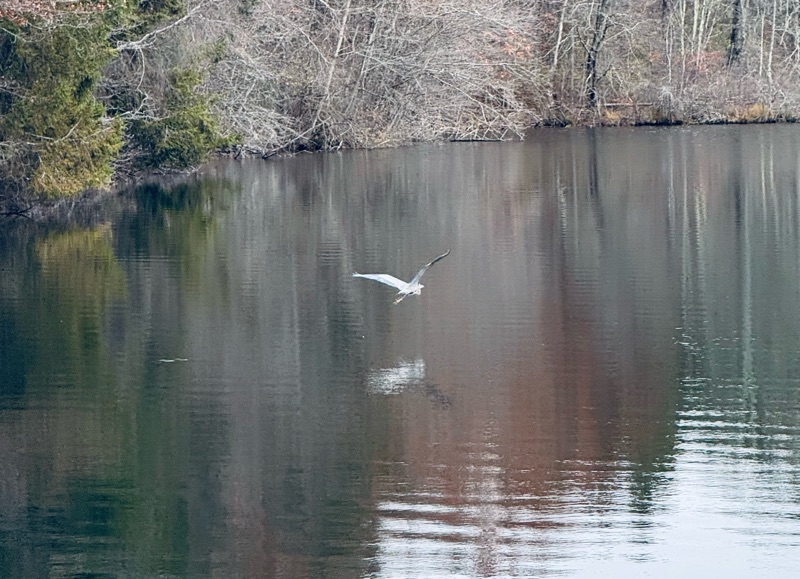
Mary Oliver writes:
“See how the sudden gray-blue sheets of her wings strive toward the wind; see how the clasp of nothing takes her in.”
What she names is exactly what I felt at the reservoir; the improbable possibility of ascent, of transformation, of rising into a new life- even when everything feels “inert, so nailed back into itself.”
The heron lifts anyway.
That, to me, is the essence of Going Forth. Not certainty. Not perfection. Not resolution. Just the willingness to rise — slowly, deliberately — into whatever comes next.
To look in the mirror.
To write what I see there.
To say the quiet parts aloud.
To grow new rings around old wounds.
To respect the reflections of the truth.
To be grounded.
To notice. To Listen.
To let time do its work.
I am still seeking my place in the Great Turning toward life.
Bibliography
Johnson, Ayana Elizabeth. What If We Get It Right? New York: Riverhead Books, 2023.
Macy, Joanna, and Molly Young Brown. Coming Back to Life: The Updated Guide to the Work That Reconnects. Gabriola Island, BC: New Society Publishers, 2014.
Oliver, Mary. “Heron Rises From The Dark, Summer Pond.” In Owls and Other Fantasies: Poems and Essays, 29–30. Boston: Beacon Press, 2003.
Wildbear, Rebecca. Wild Yoga: A Practice of Initiation, Veneration & Advocacy for the Earth. Boulder: New World Library, 2022.



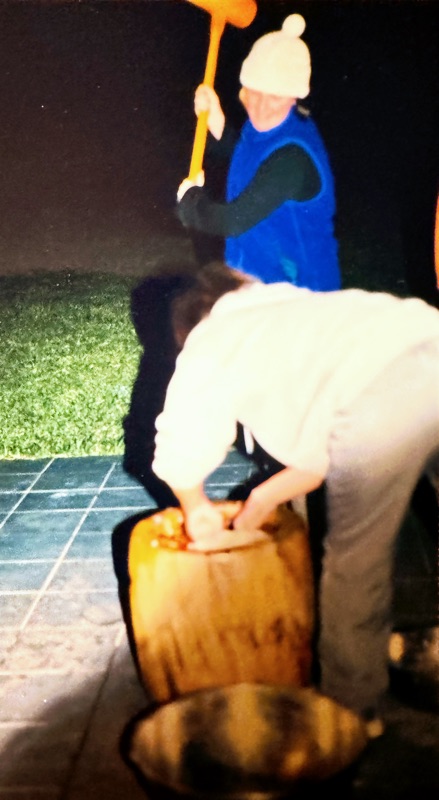


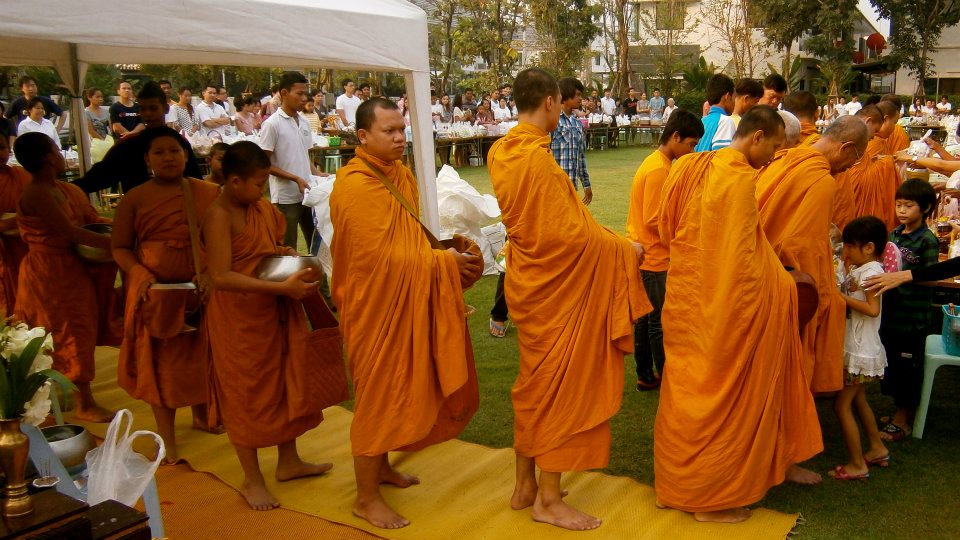






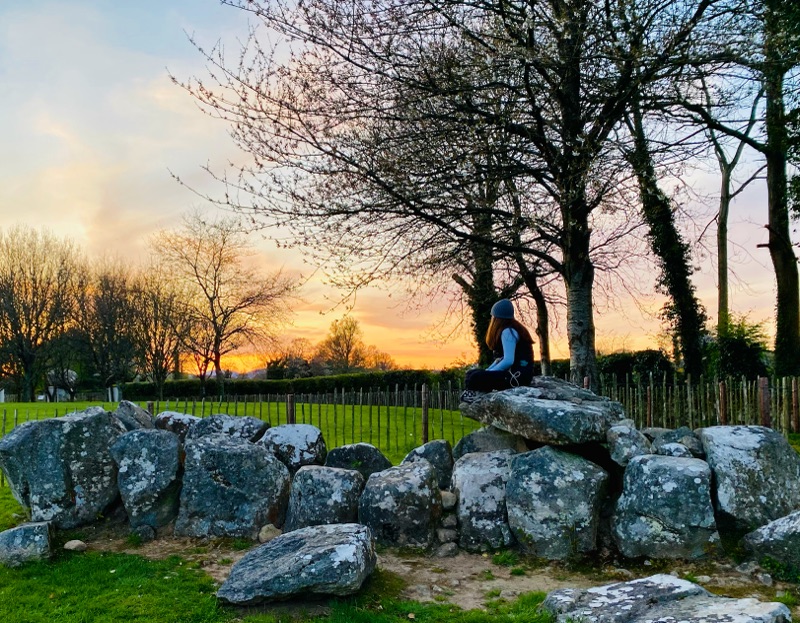
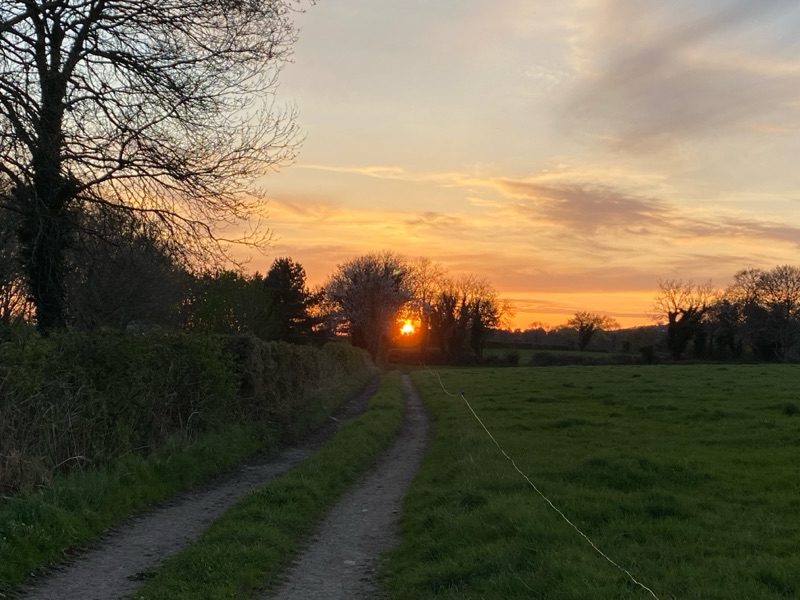

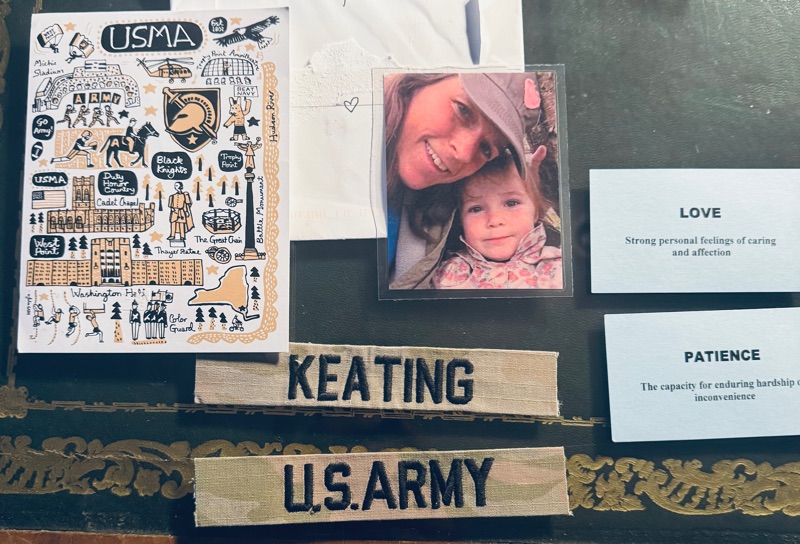

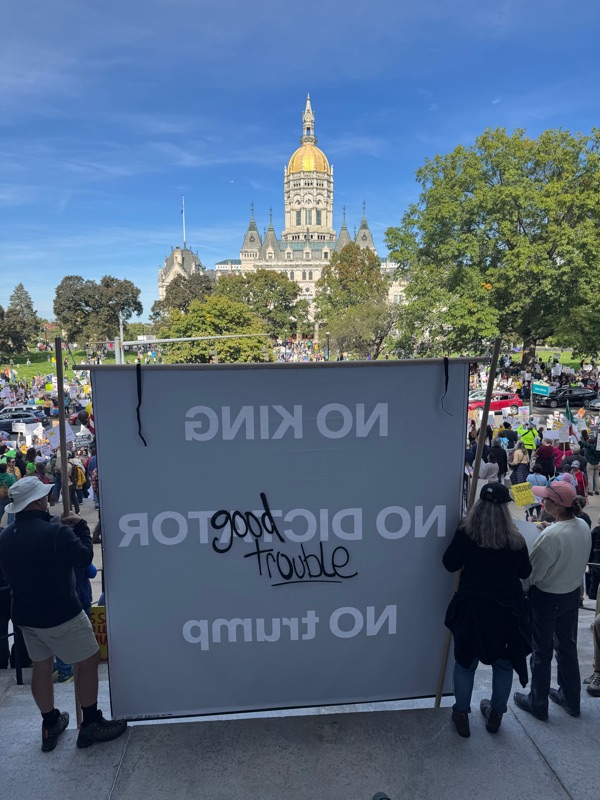
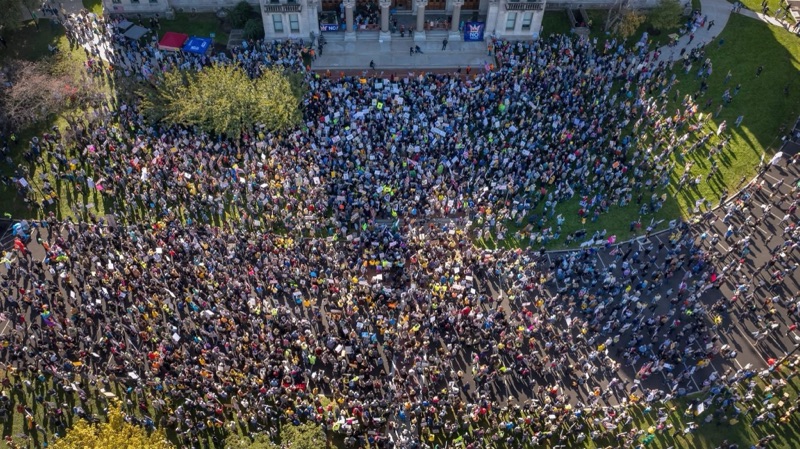

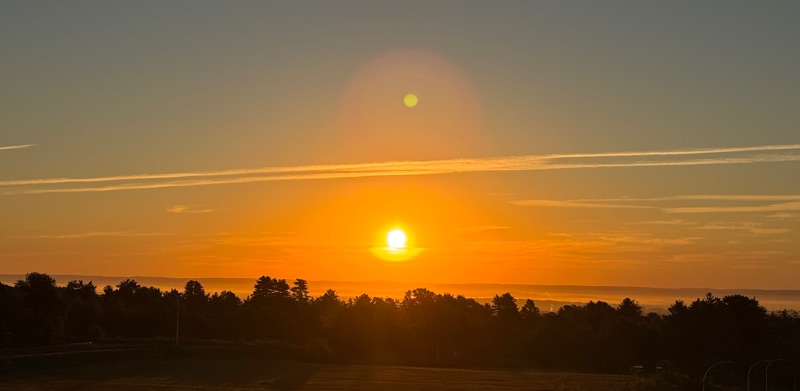
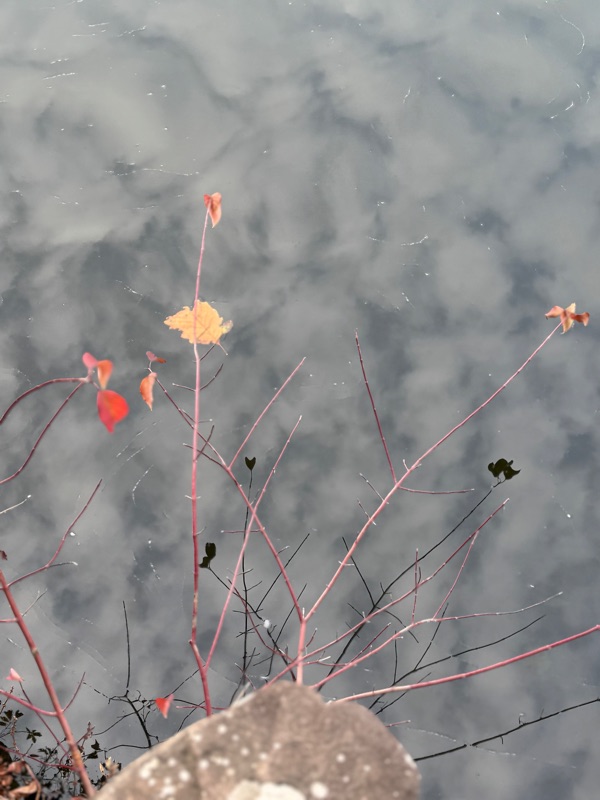


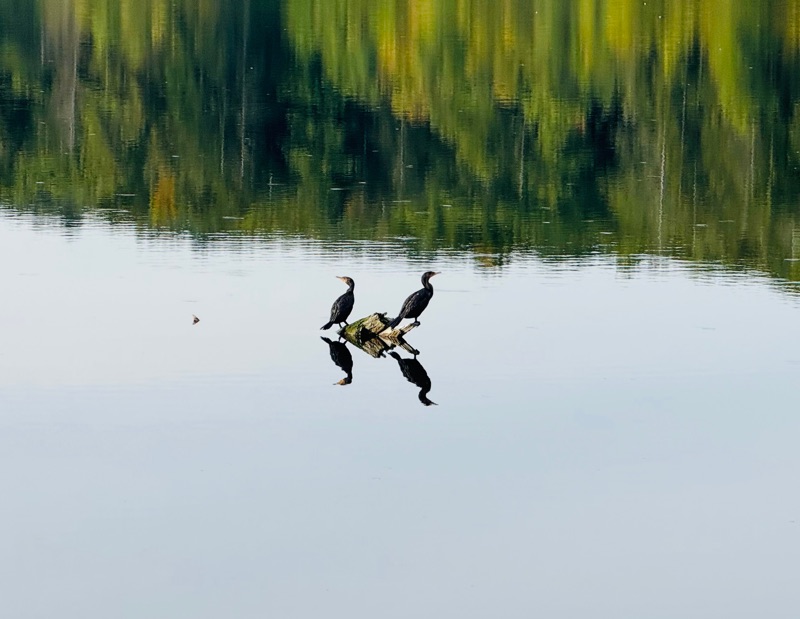
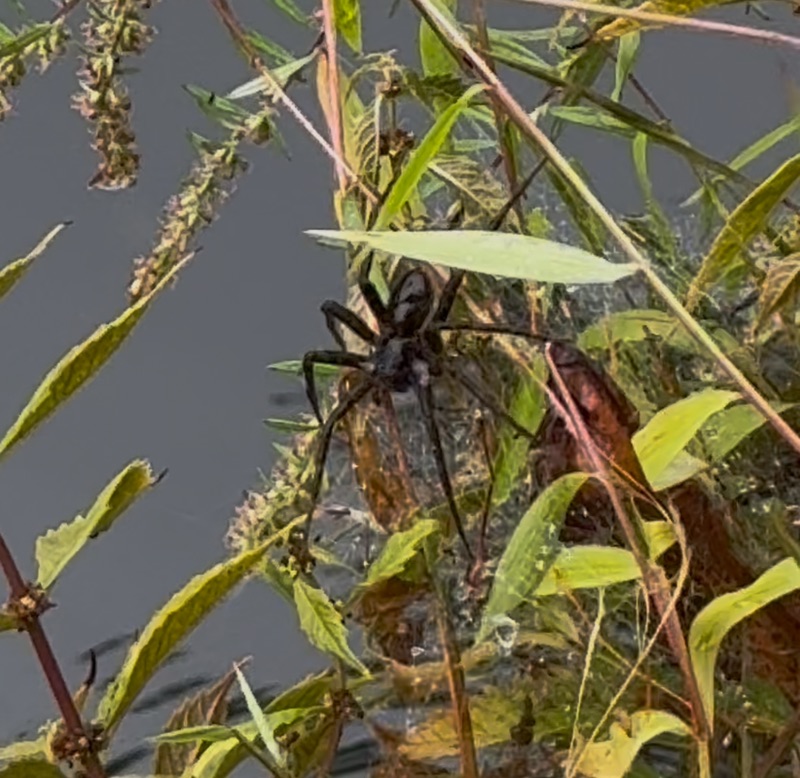
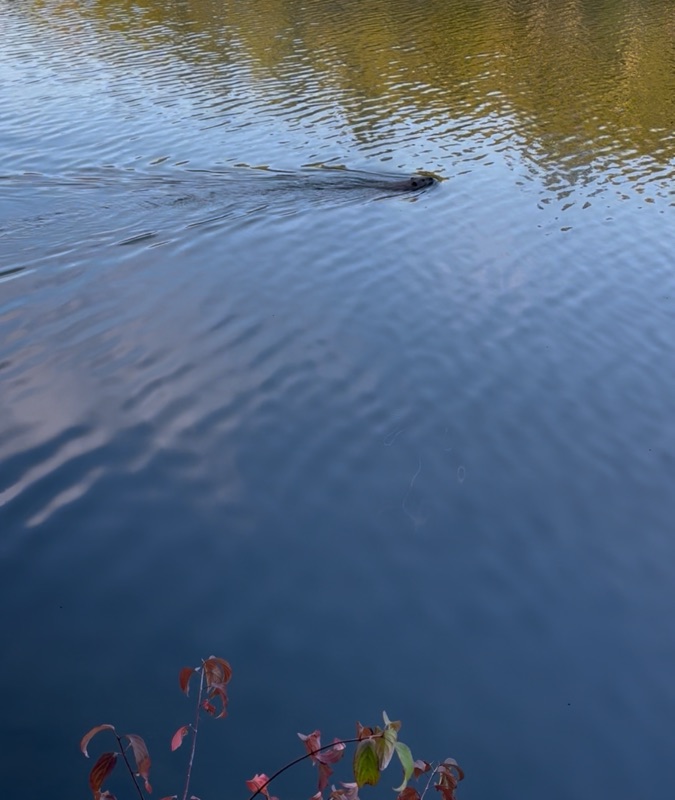
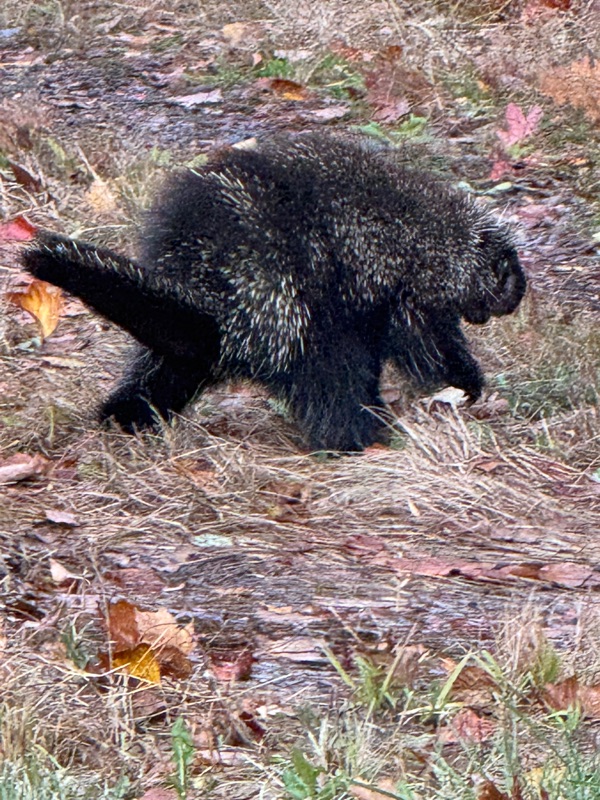
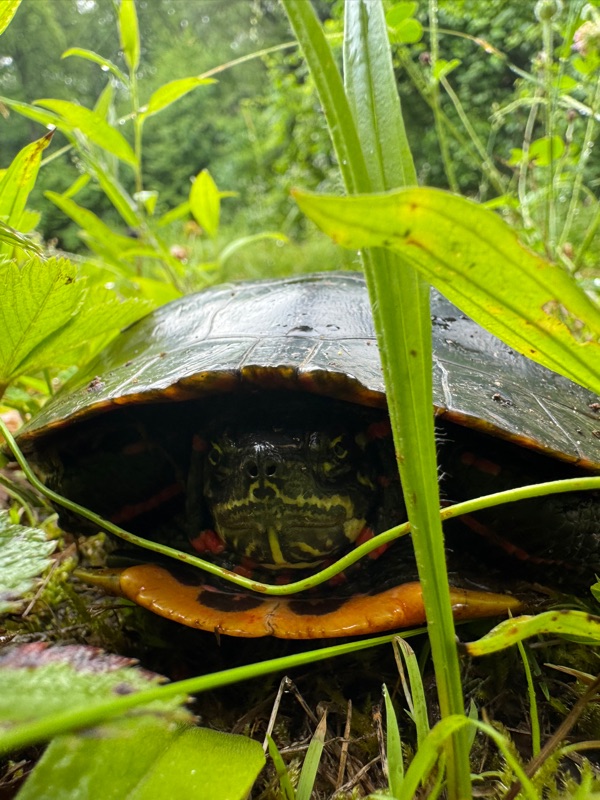

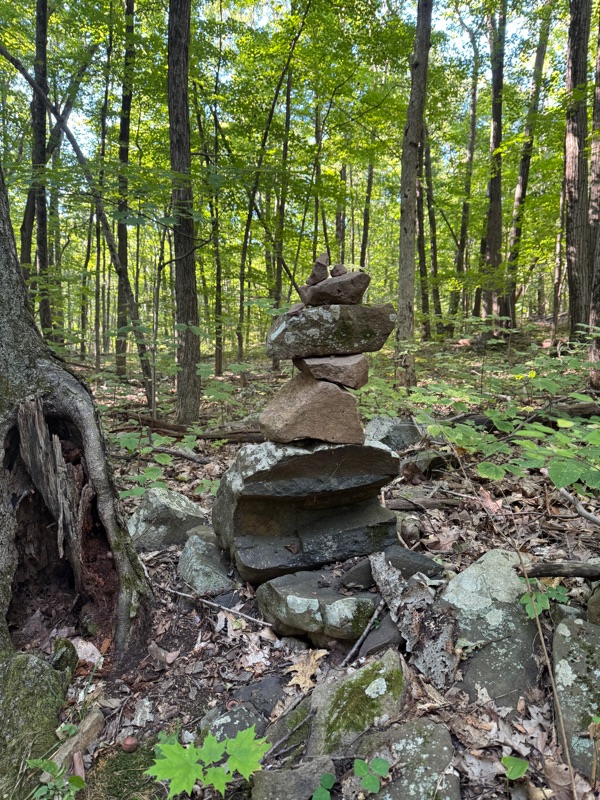
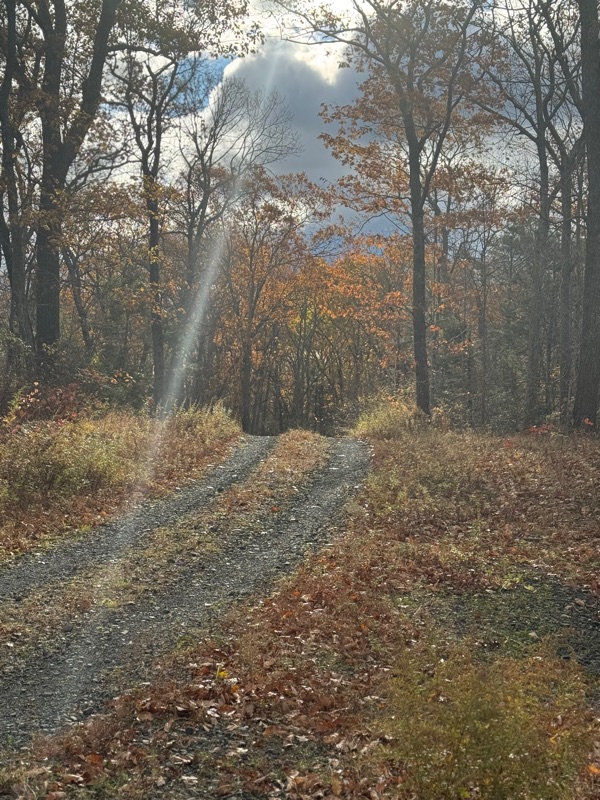





 Photo by Niamh Keating
Photo by Niamh Keating 



